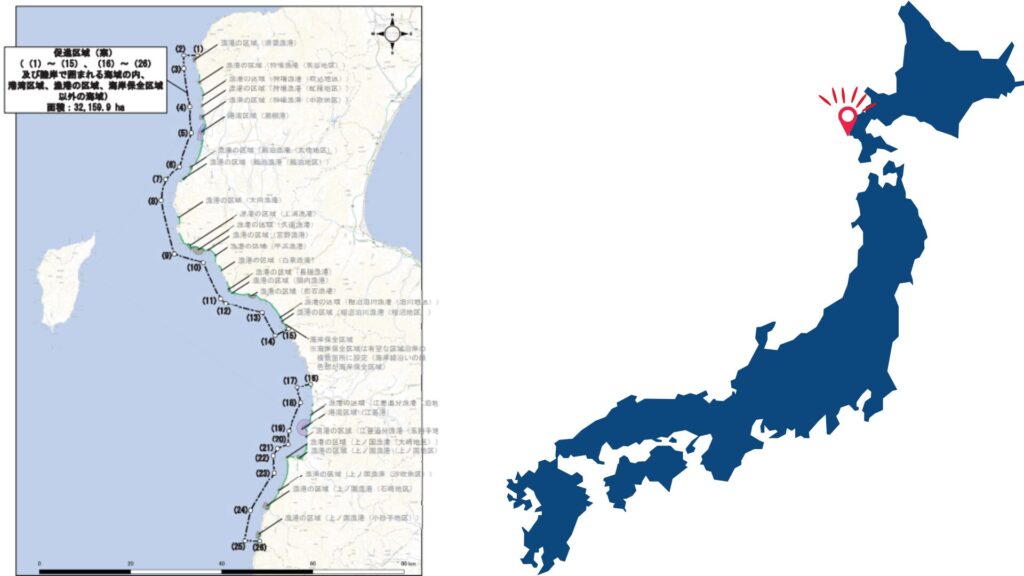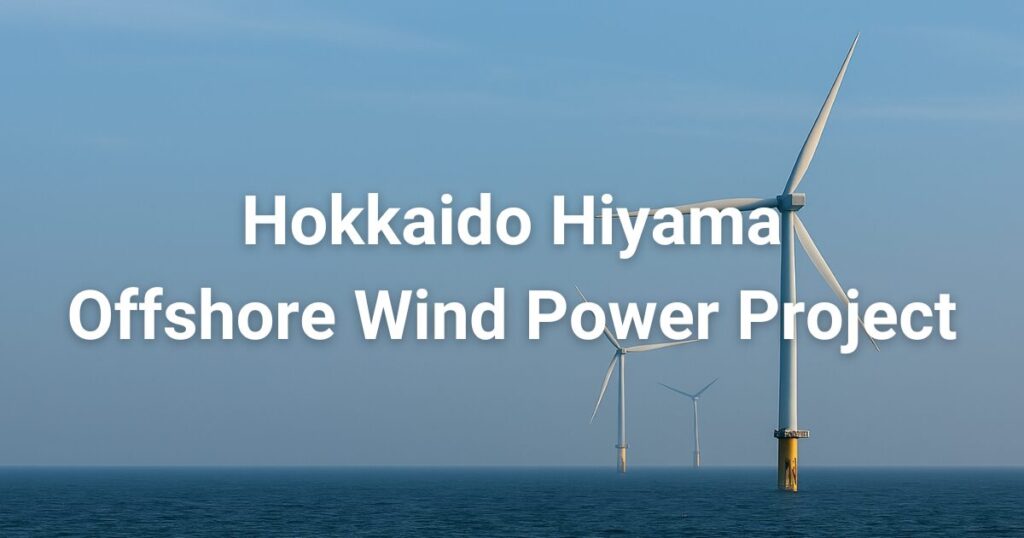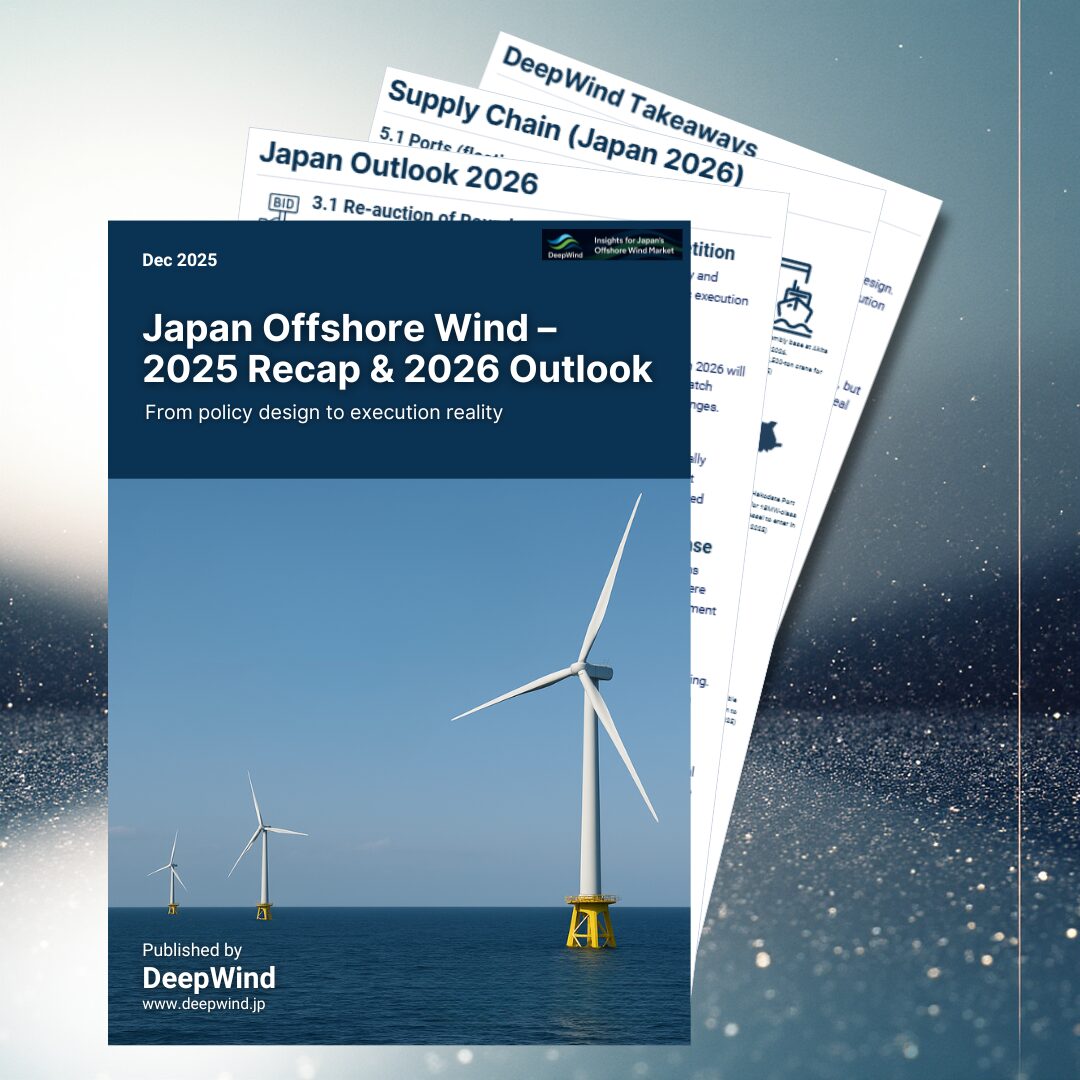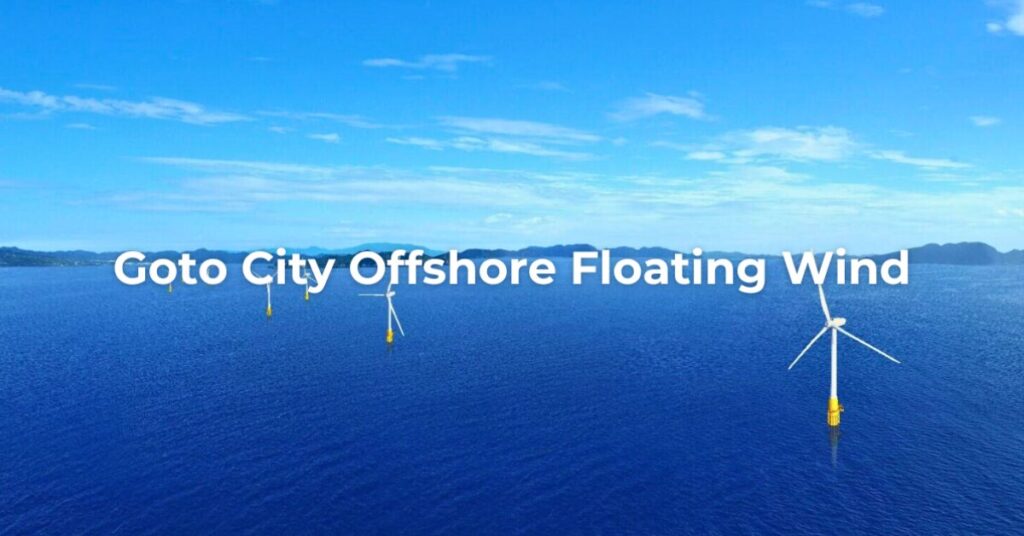The Hokkaido Hiyama Offshore Wind Power Project has been designated as a candidate area under Japan’s 4th round of promotion area tenders (commonly referred to as “Round 4”) based on the Act on Promoting Utilization of Sea Areas for Renewable Energy. It is positioned as a key project contributing to the national goal of securing 10 GW of offshore wind capacity by 2030 and 30–45 GW by 2040.
With a planned total generation capacity of up to 1,140 MW, this project is expected to be one of the largest offshore wind developments in Japan. It will significantly contribute to the country’s decarbonized power mix while also promoting regional industrial growth and economic revitalization.
As of July 30, 2025, the project area has been officially designated as a promotion zone. While public information on the project remains limited at the time of writing, we will continue to provide timely updates on developer selection, project schedules, and more—so stay tuned!
➡ For an overview of all ten Promotion Areas as of 2025, see:
Promotion Areas for Offshore Wind in Japan – 2025 Overview
1. Project Overview
| Project name | TBD (To be determined) |
| Developer | TBD (Currently under consideration by Hokkaido Electric Power, J-POWER, TEPCO RP, Cosmo Eco Power, HOWD/CIP, and others) |
| Consortium Members | TBD |
| Location | Hokkaido Hiyama Offshore |
| Type | Fixed-bottom Offshore Wind Power (Estimated) |
| WTG | TBD |
| Price | TBD |
| Capacity | Approximately 910–1,140 MW (estimated: 76 turbines × 15 MW) |
| Start of Construction | TBD (Estimated: from 2027 to the early 2030s) |
| Operation Period | TBD |
2. Location

2-1. Sea & Geographical Features
A promotion area of approximately 32,159 ha—one of the largest in Japan—spans the offshore area from Setana Town to Kaminokuni Town. With water depths of 20 to 60 meters and favorable wind conditions, the site is subject to coexistence measures with the fishing industry, including construction restrictions in shallow waters and conditions to mitigate impacts on set-net and salmon fisheries.
2-2. Port Infrastructure & Grid Connection
Esashi Port is expected to serve as the primary base for construction and operations. Hokkaido Electric Power is considering Yakumo Substation and other sites as potential grid connection points, exploring interconnection with the southern Hokkaido power network. Given the project’s large scale, discussions are underway regarding grid capacity expansion and the possible use of energy storage systems.
3. Consortium Members
TBD
4. Project Implementation Structure
TBD
5. Project Schedule
5-1. Overall schedule
5-2. EIA status
| Prefecture | Project name | Developer | EIA Stage | Project Scale | Last updated |
|---|---|---|---|---|---|
| Hokkaido | (Tentative name) Offshore Wind Power Project off Hiyama | Hokkaido Electric Power Co., Inc. | Scoping Document | Wind farm output: up to 360 MW; per-turbine output: 14–22.6 MW; number of turbines: 15–25 | Nov 26, 2024 |
| Hokkaido | (Tentative name) Hokkaido Hiyama Offshore Wind Power Project | Kansai Electric Power Co., Inc., RWE Renewables Japan GK | Scoping Document | Total output: approx. up to 1,680 MW; per-turbine output: 14–24 MW class; number of turbines: up to approx. 120 | Apr 28, 2025 |
| Hokkaido | (Tentative name) Hokkaido Hiyama Offshore Wind Power Project | Hokkaido Offshore Wind Development GK | Scoping Document | Total output: up to 1,500 MW; per-turbine output: around 10–24 MW; up to 135 turbines (assuming 10 MW each) | Mar 12, 2024 |
| Hokkaido | (Tentative name) Offshore Wind Power Project off Hiyama | Cosmo Eco Power Co., Ltd. | Scoping Document | Total output: up to 1,000 MW; per-turbine output: around 10–20 MW; up to 100 turbines (for 10 MW each) | Sep 5, 2023 |
| Hokkaido | (Tentative name) Hiyama Area Offshore Wind Power Project | Electric Power Development Co., Ltd. (J-POWER) | Scoping Document | Up to 722 MW | Nov 15, 2019 |
6. CAPEX/OPEX Estimates
Evaluating the profitability of offshore wind projects requires close attention to cost-related indicators such as CAPEX, OPEX, LCOE, and IRR. However, in Japan’s designated Promotion Zones, publicly available cost data remain scarce, leaving investors and developers with limited information for decision-making.
To address this, we estimated CAPEX, OPEX, LCOE, and IRR using the NEDO cost model, based on representative site conditions including distance to shore, water depth, and distance to port.
👉 Read the full article here
Summary
The Hiyama Offshore Wind Project in Hokkaido is a large-scale initiative expected to become a central pillar of renewable energy development in the southern Hokkaido region. With a maximum capacity of 1,140 MW—one of the largest in Japan—it is anticipated to contribute significantly to regional economic revitalization and the realization of a decarbonized society.
As the project moves forward with developer selection, environmental assessments, and grid connection planning, ensuring regional harmony and long-term sustainability will be key themes. We will continue to provide timely updates as the project progresses.
To explore how this area compares nationally and understand Japan’s offshore wind roadmap, visit:
Promotion Areas for Offshore Wind in Japan – 2025 Overview —
your guide to Japan’s offshore wind Promotion Areas.
Explore more categories at DeepWind:
- 🔍Market Insights – Understand the latest trends and key topics in Japan’s offshore wind market
- 🏛️Policy & Regulations – Explore Japan’s legal frameworks, auction systems, and designated promotion zones.
- 🌊Projects – Get an overview of offshore wind projects across Japan’s coastal regions.
- 🛠️Technology & Innovation – Discover the latest technologies and innovations shaping Japan’s offshore wind sector.
- 💡Cost Analysis – Dive into Japan-specific LCOE insights and offshore wind cost structures.



